A truly great discovery: spectral lines and spectroscopy
One of the most interesting space & scientific tools is the discovery of spectral lines and spectroscopy.
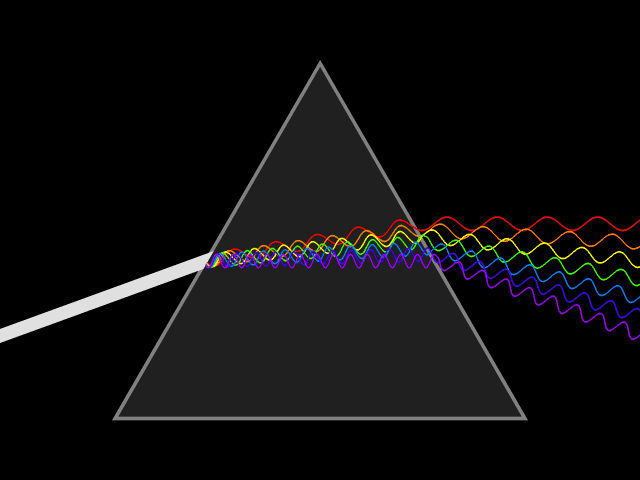
(Image via: Wikipedia)
Why is it so great?
Well, soon using instruments on the James Webb Space Telescope, we can use spectroscopy to know what is the elemental composition of far away exoplanet atmospheres! That means we could use these new telescope instruments and findings to scout out new habitable world locations or even discover extraterrestrial life forms.
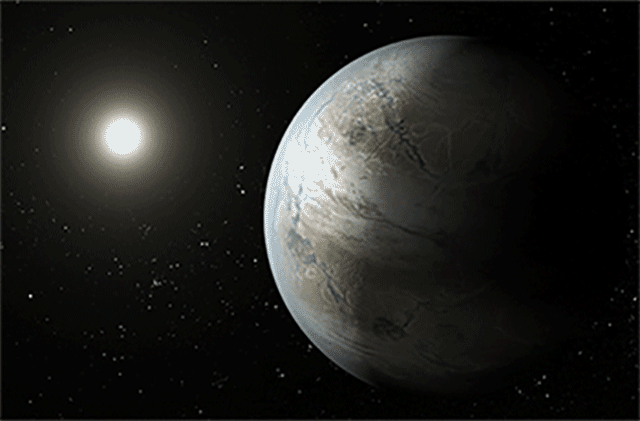
Image credit (NASA)
But how? What is Spectroscopy?
"Spectroscopy /spɛkˈtrɒskəpi/ is the study of the interaction between matter and electromagnetic radiation." -Wikipedia
This is a very basic spectroscope made from a cardboard slit + prism, by Tim Wether. The mid "rainbow" is incandescent showing a broad "spectrum", the bottom is a fluorescent bulb.
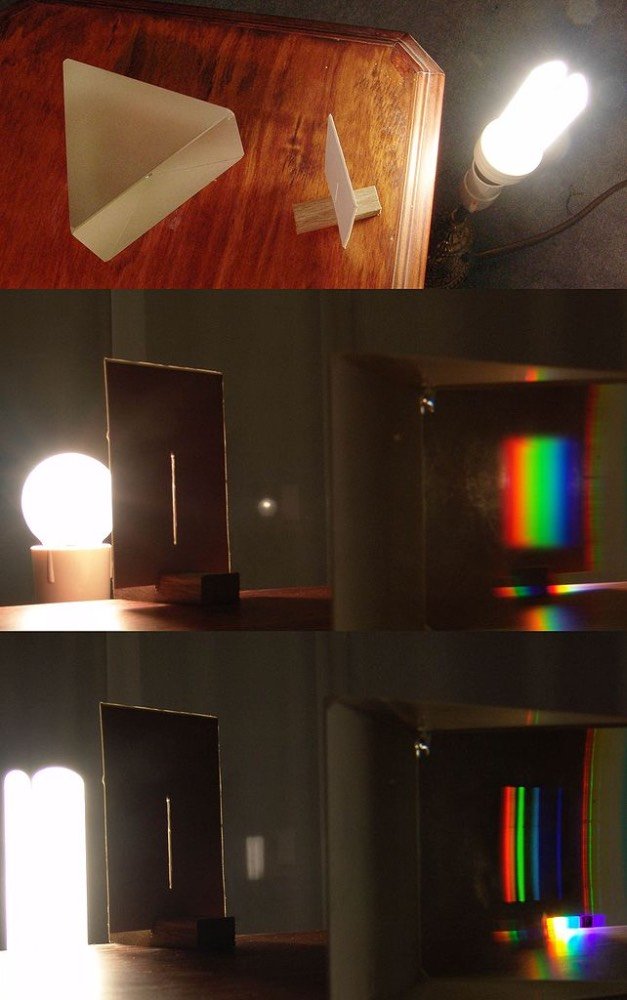
(Photo Credit: Tim Wether on Wikipedia)
When extrasolar planets pass in front of distant stars, light going through the atmosphere reaches our new spectroscope, revealing "spectral lines". These spectral lines can actually tell us what elements are in the gas, in fact this is how we discovered that there was helium in our own Sun!
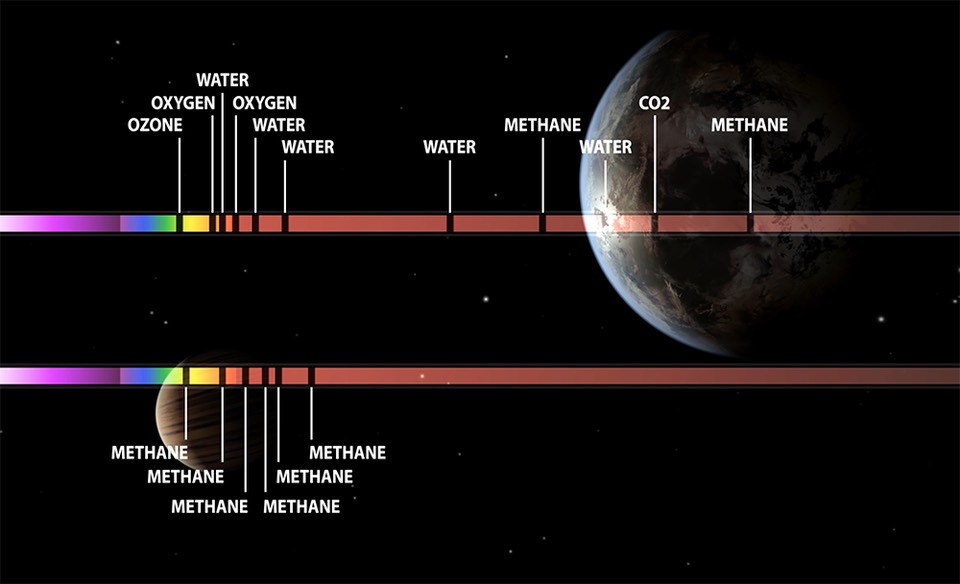
“Helium” comes from the Greek word for SUN (helios) Discovered in 1868 by French astronomer Jules Janssen while viewing a solar eclipse through a prism, a bright yellow spectral line was seen.
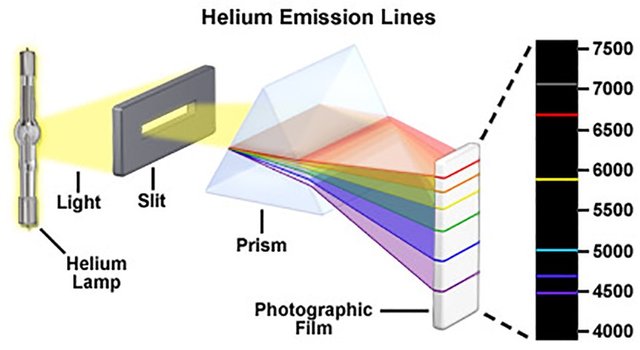
Though Helium was discovered in 1868 using a “spectrohelioscope”, the discovery was doubted until Helium was LATER finally found on Earth in 1895! Janssen & Lockyer were later vindicated for their discoveries with a medal.
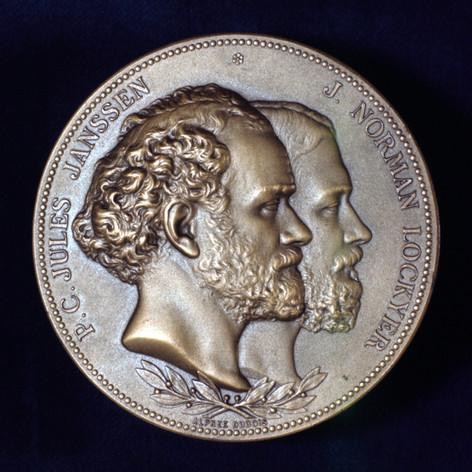
That was Helium, but every element on the periodic table has a unique spectral “fingerprint” emission spectra.
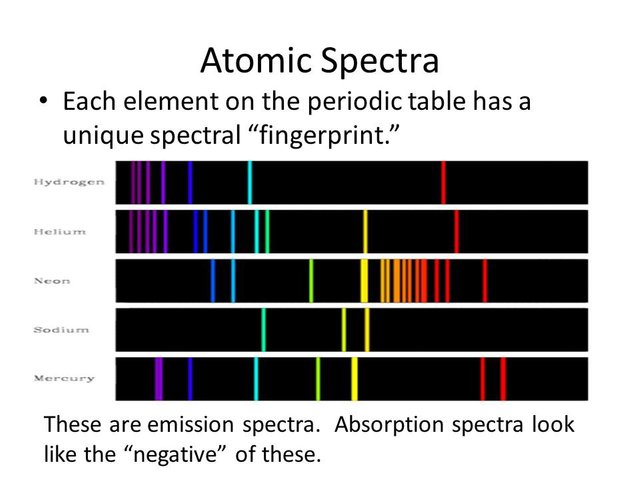
(Credit: Shon Simon Powell)
The visible spectrum is the "rainbow" part of the visible wavelengths in the Electromagnetic Spectrum, the new instruments on the James Webb Space Telescope will include infrared. (NIRSpec & co)
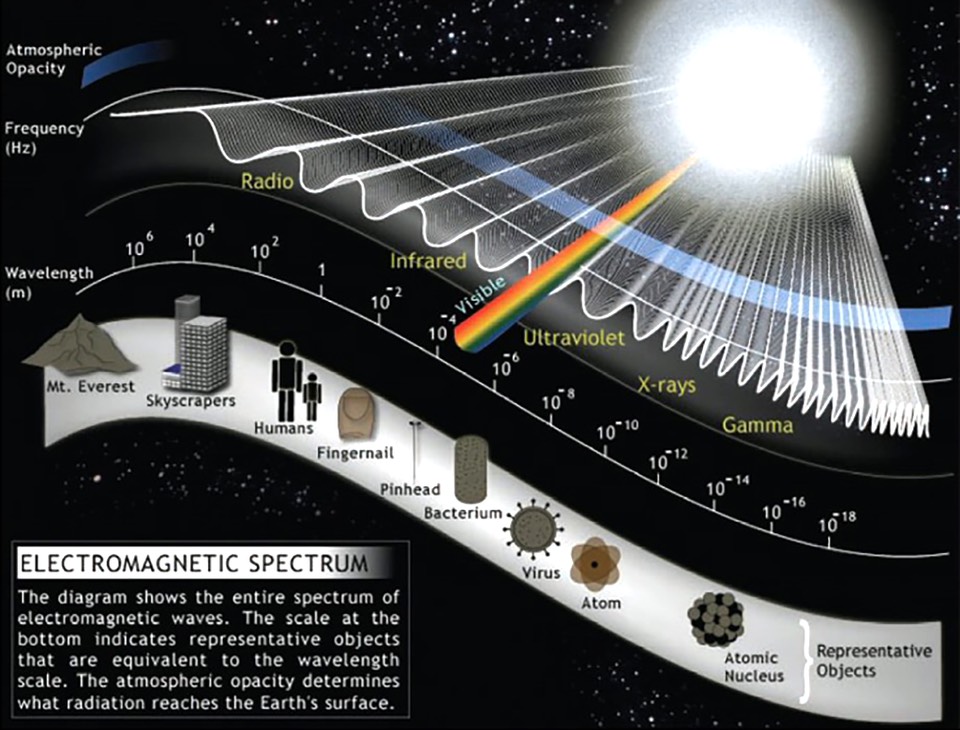
Each line corresponds to a specific frequency of light, which corresponds to a specific photon energy, which can help identify various elements.
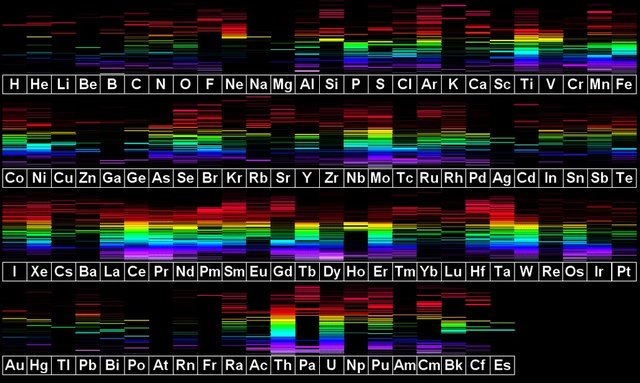
(Credit: MIT)
And the photon energy corresponds to a different electron energy level jump in the "orbital shells" of that type of atom! (The Emission Spectra of the Elements in the Periodic Table of Elements)
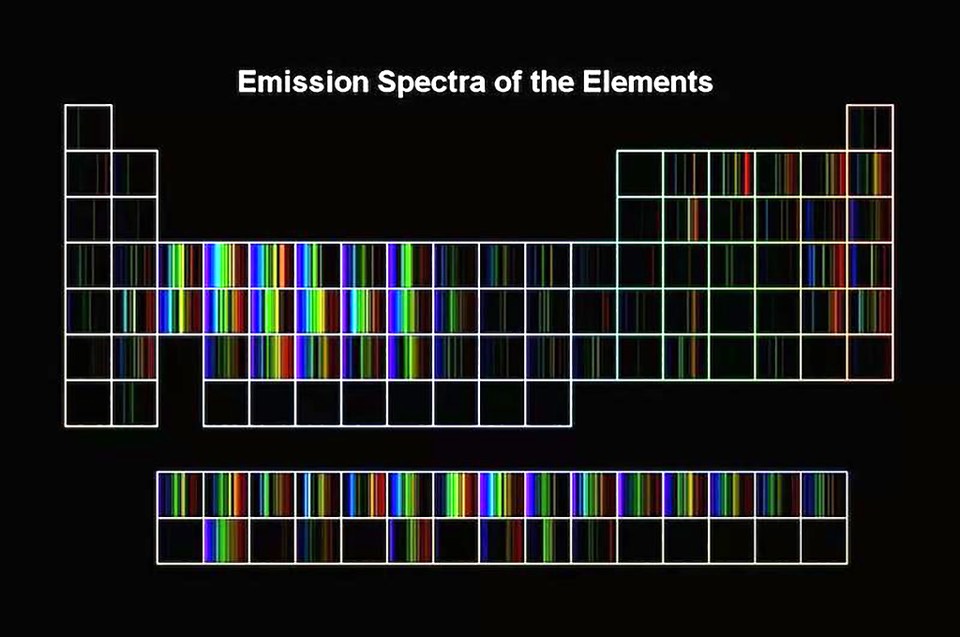
Spectroscopic Modes (Stsci) - https://jwst.stsci.edu/instrumentation/spectroscopic-modes
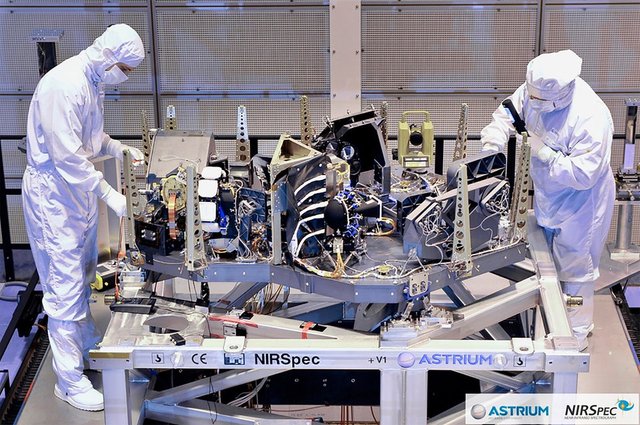
Here's a picture of the "NIRSpec" instrument, as part of several Spectroscopic Modes on the James Webb Space Telescope.
My last post was explaining some really interesting things about the JWST the planned successor to Hubble:
https://steemit.com/space/@mark4ubi/the-next-most-exciting-endeavor-for-humanity-after-hubble-and-gaia-telescopes-is-the-james-webb-space-telescope
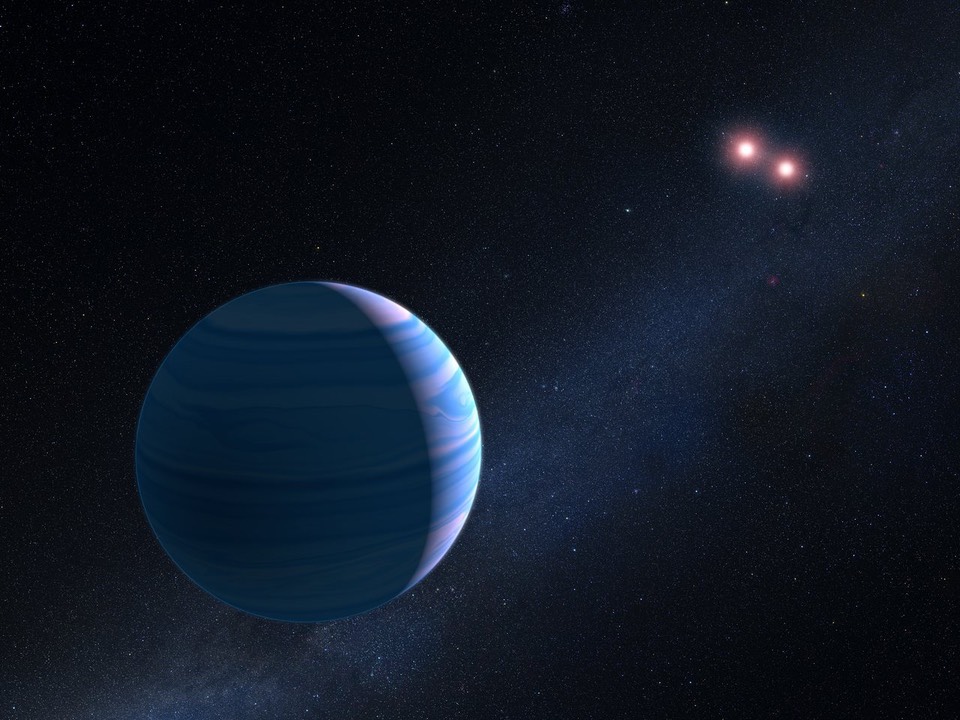
"Today astronomers believe there are planets around almost every star in the night sky. And that perhaps one in ten stars have Earth-sized planets that orbit in the zone where life could exist"
✨
It will be so amazing to learn about maybe thousands of exoplanets as well as their atmospheric composition!
If you enjoyed these tidbits about Spectroscopy and Spectral lines let me know if you learned anything new in the comments and if you'd like to see more science-tidbit posts like this. See you next time! -Mark
Very interesting.
Thanks glad you enjoyed it!
Hi, I found some acronyms/abbreviations in this post. This is how they expand: